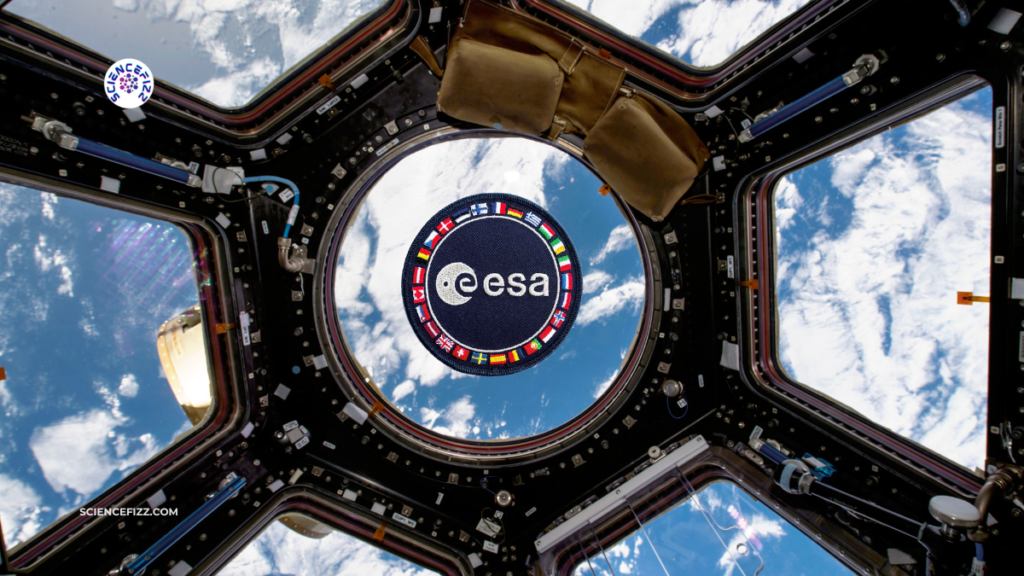ESA Juice Mission: The European spacecraft ‘Juice’ has been launched by ESA to discover the secrets of Jupiter’s icy moons.
The spacecraft will have to face powerful magnetic fields.
The European Space Agency (ESA) launched its spacecraft ‘Juice’ to explore the icy moons of Jupiter planet.
The spacecraft was launched with the collaboration of 4 space agencies – ESA (Europe), NASA (US), ISA (Israel), and JAXA (Japan) from the spaceport in Kourou, French Guiana on 14th April.
The mission of the spacecraft is to explore three icy moons of Jupiter to characterize them as planetary objects and find the possibility of life on the planet.
The mission also aims to find out whether life can exist on Ganymede, Europa, or Callisto in the future or whether life has ever existed on the moons in the past.
The launch of the Juice spacecraft was postponed for one day due to lightning risk in Kourou on 13th April.
Read Also: James Webb Telescope Captures The New Insights Of Uranus
ESA Juice Mission
Juice is a mission of many firsts because it will be the first time a spacecraft has changed its orbit from a planet (Jupiter) to one of its moons.
It will be the first spacecraft to orbit a moon besides the moon of the Earth. The mission costs approximately €1.6 billion ($1.7 billion).
The spacecraft will be equipped with a number of cutting-edge systems, including the most potent geophysical, real-time, and remote sensing payloads yet launched to the outer solar system.
Juice Mission Is An International Collaboration
The European Union is in charge of the mission, but several other countries have helped out as well. NASA provided one of equipment, a UV imaging spectrograph.
Both the Israeli space agency ISA and the Japanese space agency JAXA supplied hardware for several sensors on board the spacecraft.
The Israeli space agency ISA also contributed hardware for a radio science experiment.
The Exploration of Jupiter’s Icy Moons
The four “Galilean moons”—Ganymede, Callisto, Europa, and Io—that Italian astronomer Galileo Galilei discovered in 1610 are the subject of the Juice expedition.
Ganymede is the one and the only moon in the solar system that creates its own magnetic field. It is the biggest moon in our solar system and has a metallic core made of a liquid that is heavy in iron.
It also has a subterranean ocean that is thought to contain more water than all of Earth’s oceans put together.
Callisto is composed equally of rock and ice, with the possibility of a subterranean, liquid ocean at depths greater than 100 kilometers.
Europa, which is a little bit smaller than the moon of Earth, might have enormous underground waters. It has a water-ice crust and is mostly composed of silicate rock.
The Challenging Environment Of Jupiter
The spacecraft will have to function in severe conditions because the zone around Jupiter and its moons is among the most hostile places in the solar system. Jupiter’s size generates a potent magnetic field that transports gasses between its moons.
Three other moons that Juice will be studying are affected by sulfur and oxygen emitted by eruptions on Jupiter’s volcanic moon Io. The objective of the mission is to understand how this procedure functions.
Significance of the Juice Project
The juice will reach Jupiter in July 2031, and between July 2031 and November 2034, it will fly by the three moons 35 times.
After then, it will orbit Ganymede, where it will continue to gather data until December 2035. The mission is important because it will shed insight into whether there is a chance for life on Jupiter’s icy moons.
